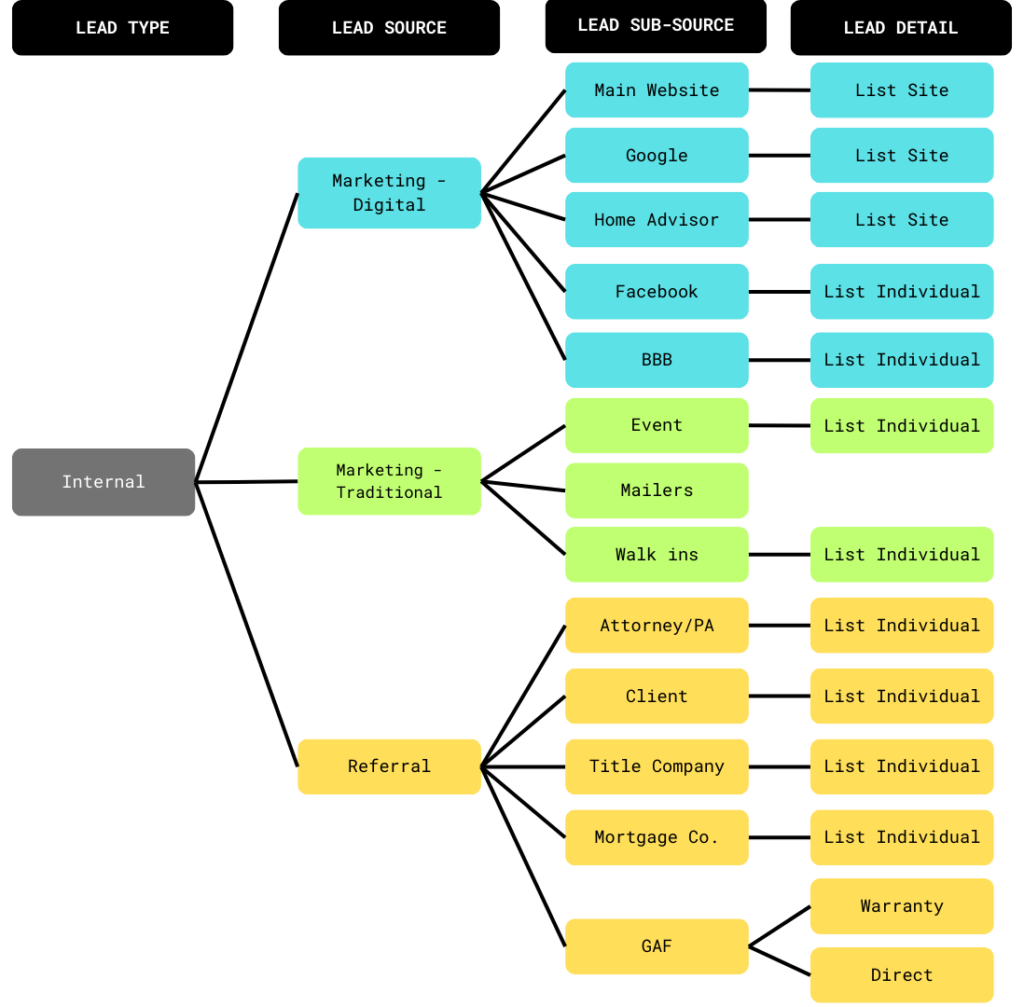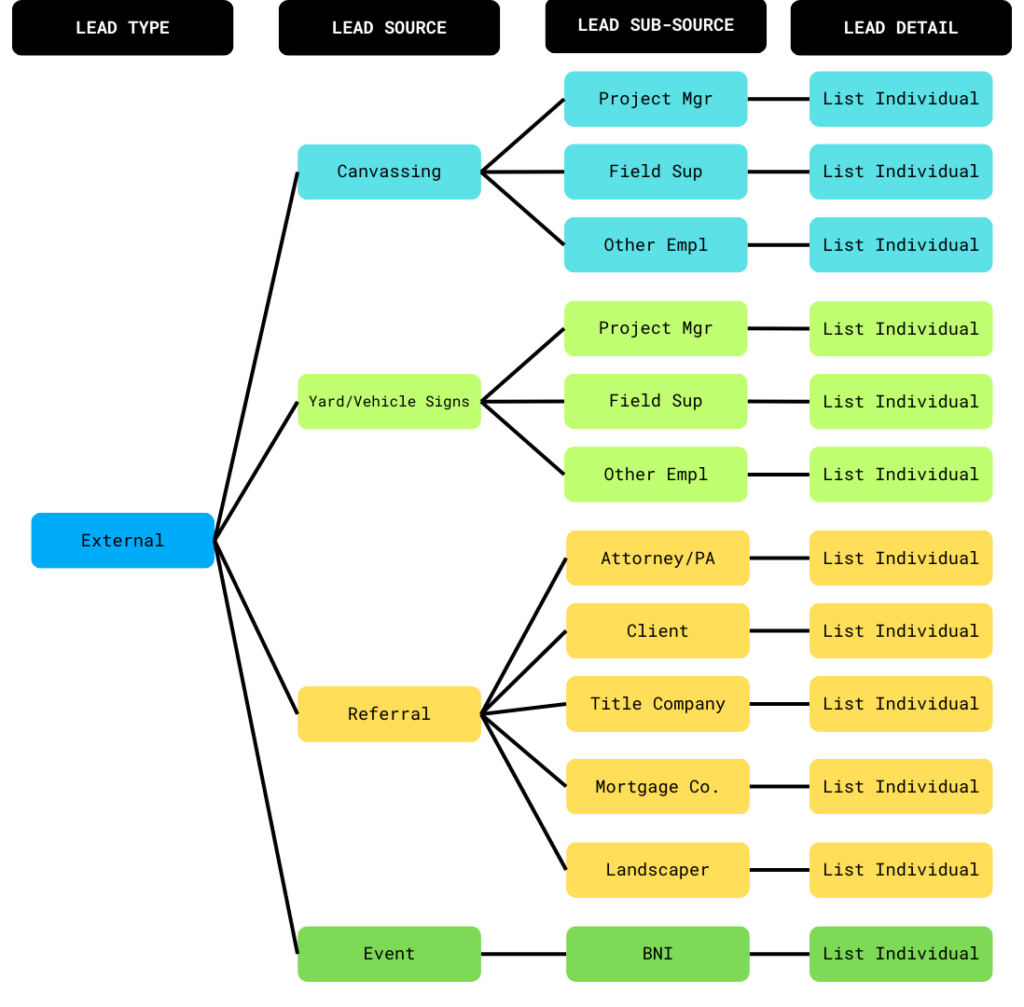When Floridians are thinking about new roof installation, they have plenty of options.
Shingle roofs are the most common in Florida, and residential metal roofing has gotten a lot of attention in recent years. But there’s a certain kind of roof that’s quintessentially Floridian, even though it’s on the rare side elsewhere in the United States. That’s the clay tile roof.
The clay tile roof has been associated with Florida since practically the start. That’s because the Spanish, the earliest European explorers to reach Florida, extensively used clay tile roofing in their architecture. That trend began all the way back in the 1500s.
Clay tile roofs are associated with the Spanish mission style. Many Spanish communities would be built around the Catholic mission, and such buildings were most likely to use distinctive red clay tile. Thick, stucco-finished walls are another element of the Spanish mission style that conveys a unique character.
In the Southwestern U.S., Spanish colonial architecture typically used adobe. Here in Florida, coquina rock was more popular. Coquina is a sedimentary stone made up of tiny bits and pieces of seashells. Even the word coquina itself actually refers to shellfish.
These days, you wouldn’t expect to build a whole house out of materials they used centuries ago. The only ones still interested in making a home out of coquina are sea creatures. But you can capture the most iconic element of the Spanish mission style using a clay tile roof.
Nothing Balances Beauty and Strength Like a Clay Tile Roof
When Florida homeowners look for a new roof, aesthetics and service life are two key considerations. In an environment where insurers are more likely to penalize old roofs, a decision about a new roof or roof replacement can be a very serious one. Luckily, clay tile roofs can meet all of your needs.
While the average Florida shingle roof lasts about 20 years and a residential metal roof lasts 30 years or more, the clay tile roof has the greatest longevity of any common option. It can last a century or even longer. It will be the last roof you need to buy for your home in this generation – period.
At the same time, the clay tile roof is one of the most beautiful you can get. While you can have a clay tile roof painted, the majority of these roofs use their own natural appearance. The classic look of red clay weathers gently over time. The slight fading only makes your roof better as it goes.
A clay tile roof is appropriate for a structure that already takes inspiration from the Spanish mission style, but you can also use it with all kinds of homes. Lots of people love the way these dark red roofing tiles complement a home with vibrant white siding.
Even if you don’t plan to pass your home down through the next hundred years, a clay tile roof can still be a sound investment. Buyers appreciate knowing that their roof will last for years to come. You won’t have to worry about a home inspection derailing your proposed sale with roofing issues.
Plus, you can avoid problems so many Floridians are having with skyrocketing homeowner’s insurance rates. Although clay tile roofs are a little bit out of the ordinary, companies understand they’re built to last. The peace of mind is worth it for anyone who’ll be living on the property.
Important Things to Know About the Clay Tile Roof in Central Florida
Clay tile roofs have a lot to recommend them, so why aren’t they more widespread?
Like any type of roof, a clay tile roof has its own specific roof maintenance needs.
There are three main things to be aware of when choosing this type of roof:
1. Not All Homes Can Support the Weight of a Clay Tile Roof
Weight is the biggest issue with a clay tile roof. Pound for pound, clay and concrete tile roofs are the heaviest around. Even though Florida has some of the strictest building codes in the United States, a structure may not be able to take all that added weight.
For comparison, shingle roofing will add about 200 to 230 pounds per square foot of roofing. On the other hand, tile can range anywhere from 500 pounds all the way up to 1,000 pounds. “Lightweight” roofing made from tile still clocks in at more than 600 pounds on average.
Clay is usually the lighter of the two tile options.
If a building is from the 1960s or earlier, there’s a chance that a clay tile roof won’t be suitable. Still, unexpected surprises can and do happen. No matter the age of your building, you can determine if a clay tile roof will work for you through a professional roofing inspection.
One rule of thumb is that if the home is safely sustaining three layers of roofing shingles, then it is likely safe to use clay tile. If a roofing inspection doesn’t give you all the insight you’d like, you can also consult with a structural engineer who can perform a load test under controlled conditions.
2. A Clay Tile Roof Tends to Be More Costly Per Square Foot
It’s valuable to remember that your clay tile roof will most likely be the last one you ever need to buy. The investment is substantial, but the math works out in the homeowner’s favor. A clay tile roof easily resists the elements and is very difficult to damage under most circumstances, even in harsh weather.
What happens when you have your heart set on a new roof, but it doesn’t seem viable financially?
Taking action on your roof replacement as soon as possible is the best way to save your money in the long run. It often makes a difference of thousands. We’ve seen this play out again and again over the years, so we offer in-house financing to our Central Florida roofing customers.
This way, you never have to wait to do right by your roof.
3. Individual Clay Roofing Tiles May Crack in Certain Circumstances
Clay roofs age like fine wine and it’s hard to harm them. Because of their added weight, they almost never suffer from wind uplift, a perennial problem here in Florida. But individual tiles could crack if they’re directly struck with flying debris.
This problem isn’t as big as it looks!
In the odd event a tile cracks, the damage is often cosmetic. If so, you don’t need roof repair. A deep crack – which is much rarer – means the tile should be replaced. Since all the other tiles can be left undisturbed, this typically incurs only modest costs. Replacement can be done in as little as an hour.
Are you intrigued? Our team will be glad to show you examples of clay roofing tiles and answer your questions. You could be on your way to an amazing new roof in just days.
Contact Sheegog Contracting to learn more or get started.






